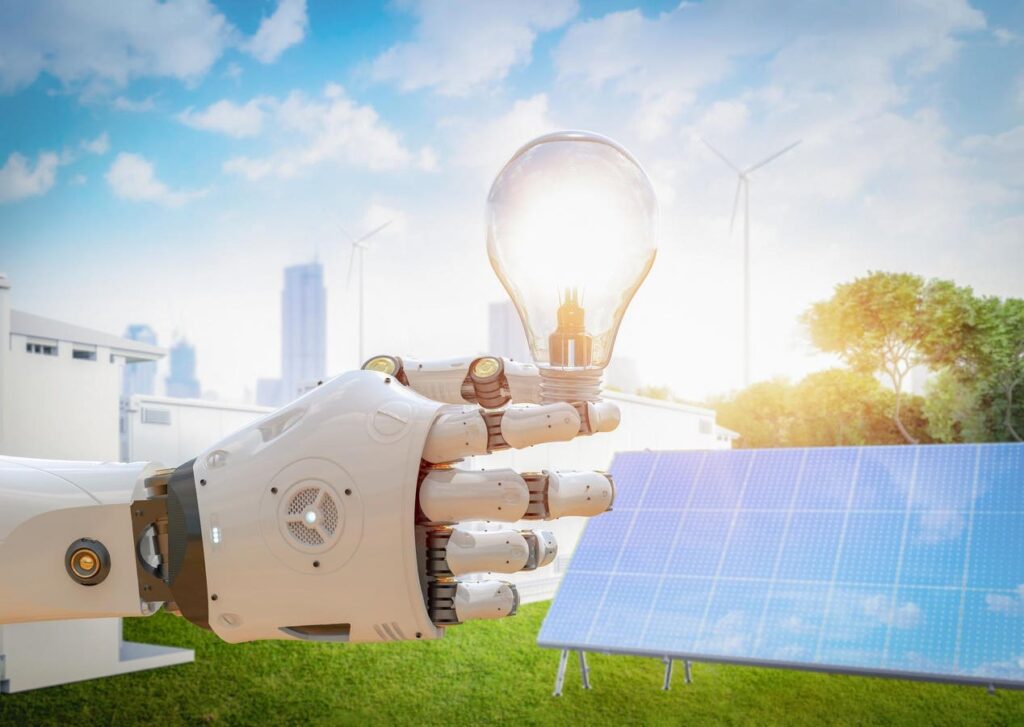
Rethinking AI And Robotics: Emphasizing Efficiency Over Functionality
The rapid evolution of Artificial Intelligence (AI) and robotics has brought us to a crossroads where innovation isn’t just about developing more intelligent algorithms, but ensuring we have the infrastructure to sustain its growth. As AI systems become increasingly complex and ubiquitous, powering them efficiently will be one of the defining challenges of our time.
At the heart of this issue lies the interplay between energy consumption, data processing, and environmental impact. The fact is that AI, especially large language models, and neural networks require immense computational power, translating into an equally tremendous demand for energy. Today, data centers that run these systems consume around 1% of the world’s electricity, which will only grow unless we rethink how we power our digital future.
Innovative hardware solutions are a crucial first step towards addressing this challenge. Companies like Nvidia and AMD are pushing the boundaries of semiconductor design, creating specialized chips that can perform AI computations more efficiently. These advancements reduce power consumption while maintaining the performance required for tasks ranging from real-time language translation to autonomous vehicle navigation.
However, innovative hardware alone will not be enough to solve the problem. Energy sourcing is equally critical. As AI adoption scales, there’s a growing push towards powering data centers with renewable energy sources. Solar, wind, and even geothermal sources are becoming integral to the infrastructure of major tech companies like Google, Microsoft, Apple, and Amazon. These companies are setting aggressive carbon-neutral goals not just because it’s good for the planet but also because sustainable energy solutions are increasingly cost-effective.
Furthermore, optimizing AI algorithms to be more energy-efficient is an area that requires focus. Researchers are exploring techniques such as sparsity and quantization, which reduce computations needed without sacrificing accuracy. Smaller, more efficient models like those seen in edge AI are also becoming key players, enabling powerful AI capabilities on devices with limited energy budgets, such as smartphones or IoT devices.
A combination of hardware advancements, software breakthroughs, and a broader shift towards sustainable energy practices will likely power the future of AI. This innovation triad is essential for sustaining AI’s growth while ensuring its benefits align with global environmental goals. Companies that invest in this energy transformation now will lead the AI-driven economy of tomorrow.
The question is no longer whether we can power the AI future, but whether we can do so responsibly, equitably, and sustainably.
Source: www.forbes.com


